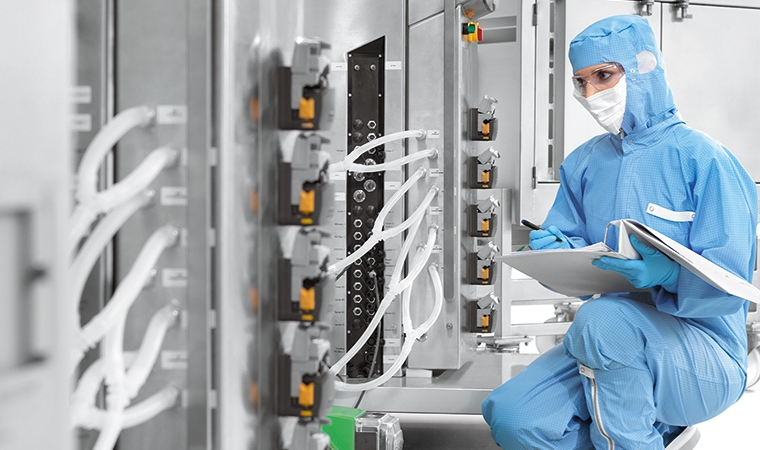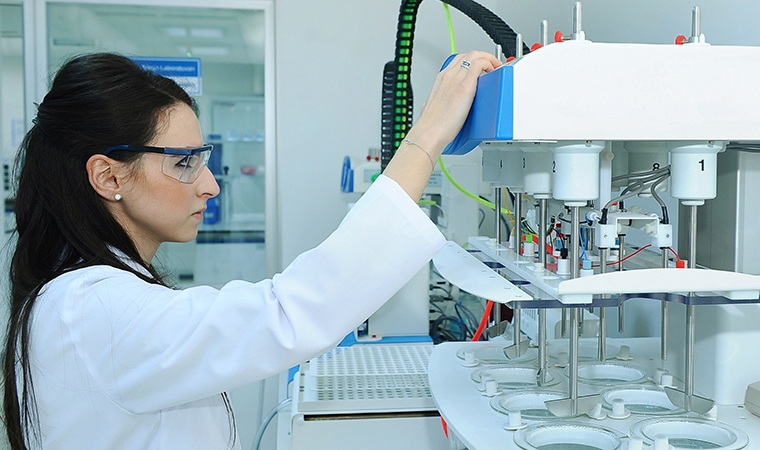The value of continuous manufacturing is recognized by the FDA, plus it can save pharma companies time and money. So why is the industry so hesitant to adopt this method?
Unfortunately, only a few biopharmaceutical manufacturing facilities currently use continuous manufacturing in their production line to its full extent. However, there could be change in the air. The industry is evolving, and although it has not yet fully embraced a continuous manufacturing model, the fact that it is maturing and globalizing is accelerating the industry’s willingness to change. So what are the reasons for embracing this change, and what are some of the key benefits?
Quality you can count on
First, it saves money without compromising quality. Facilities and process lines running continuously tend to be more cost-effective and can increase productivity. This is partly because continuous manufacturing generally requires less infrastructure, utilities, space, investment and staff, but also because it increases the amount of product that can be manufactured in a short space of time. Finally, and perhaps more importantly, continuous manufacturing increases the level of quality and therefore satisfies the requirements of good manufacturing practice (GMP).
For example, if a quality or manufacturing issue occurs during production, continuous manufacturing allows one to perform inline (online) quality control through process analytical technology (PAT), with control loops supporting the control strategy. In short, it makes testing more efficient while reducing the risk of over-processing. It also manages variability and minimizes rejects.
Continuous manufacturing generally requires less infrastructure, utilities, space, investment and staff. But perhaps more importantly, continuous manufacturing increases the level of quality and therefore satisfies the requirements of good manufacturing practice.
The FDA ‘stamp of approval’ for continuous manufacturing
Secondly, the FDA approve. Concerns about regulations can be known to hinder the adoption of continuous bioprocessing, but in actual fact the FDA and other agencies are open to continuous manufacturing. Moreover, regulatory authorities are aware that they need to play an active role in reducing manufacturing costs.
To go a little deeper, the FDA published a presentation on their perspective on continuous processing, outlining other advantages of continuous manufacturing that also positively influence quality and costs. Some of these advantages include integrated processing with fewer steps, smaller equipment and facilities, and on-line monitoring and control for increased product quality assurance in real-time.
All these aspects support FDA´s key request to the industry: Develop and base the production of pharmaceuticals on a through and well-defined control dtrategy, based on process and product understanding developed by a scientific and risk-based approach.
What is holding back continuous manufacturing adoption?
Despite these positive outcomes, there is still reluctance. The issues restricting adoption of continuous manufacturing are not just a matter of implementation, and can best be summarized into two key issues: lack of experience and concern about the authorities’ point of view.
Yet as explained above and detailed further in the full-length article below, these concerns can be addressed. And just as continuous bioprocessing concerns can be summarized into two key issues, it also boasts two significant benefits compared to batch production – increased productivity per square metre and an overall improvement in product quality.



